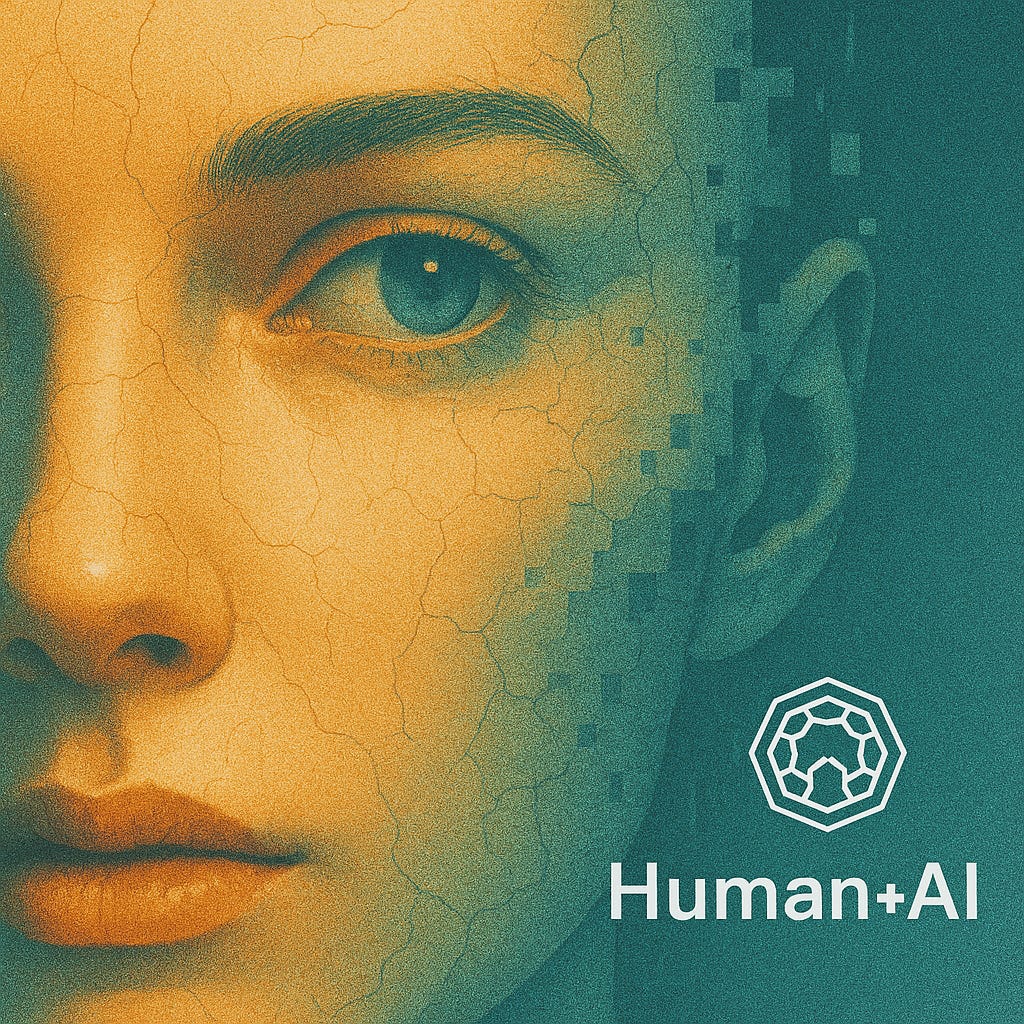The AI that beat humans at being human
How GPT-4.5 outperformed people in the Turing test and what that means for the future of AI
In a groundbreaking new study from the University of California, GPT-4.5 (an advanced version of ChatGPT) managed to convince people it was human more often than actual humans could. The test was based on a modern version of the famous Turing test to ask: Can machines think like us? The short answer is, increasingly, yes.
Proposed by British mathematician Alan Turing in 1950, the Turing test is deceptively simple: if a machine can carry on a conversation with a human convincingly enough to pass as human itself, it demonstrates human-level intelligence. For decades, passing the test has been a holy grail for AI researchers, a sign that machines might be capable of something more than scripted responses.
But not everyone agrees on the test’s value. Some critics argue that it doesn’t actually prove intelligence, just the ability to mimic it. Others note that short conversations can be easily gamed. Still, the test remains a key milestone in AI development.
More human than human?
Researchers at UC San Diego’s Language and Cognition Lab asked 300 people to chat online for five minutes with two unknown entities—one human, one AI—then guess which was the real person. GPT-4.5, when provided with a fictional persona, like a witty, internet-savvy young adult, fooled participants 73% of the time. Humans, on the other hand, were correctly identified only 67% of the time. The caveat is that without being told to “act human,” the AI’s success dropped sharply to just 36%.
Your next therapist could be a chatbot (and you wouldn’t know)
If you’ve ever had an eerily smooth chat with online customer support and wondered whether there’s a real person behind the screen, you’re not alone. GPT-4.5 and similar models are now deeply embedded in fields like customer service, virtual therapy, education, and dating apps. What makes the latest models different is their emotional responsiveness. They go beyond sounding human and respond like someone who understands you.
Why realistic AI could pose real-world risks
AI’s realism is a double-edged sword. As AI becomes indistinguishable from real people, the risks of deception increase. Real-world examples show how serious these risks can be.
In Hong Kong, scammers used AI to impersonate senior executives during a video call, convincing a finance clerk to authorize transfers totalling $25 million US. The sophistication of the deepfake bypassed traditional security measures. In May 2023, a fabricated image depicting a building near the Pentagon engulfed in flames spread rapidly online, briefly destabilizing US stock markets and underscoring how easily AI-generated content can sow chaos.
Scammers have also leveraged deepfake videos and voice cloning to build long-term romantic relationships with victims, eventually persuading them into sending money or following fraudulent investment advice.
These examples are part of a broader trend that has experts increasingly concerned about our preparedness to handle the potential dangers of AI.
Cameron Jones, the lead researcher of the UC study, warns that we need stronger guardrails (both legal and cultural) to ensure people know when they’re interacting with a machine.
"AI systems can already deceive and manipulate people, and these effects disproportionately impact the most vulnerable,” Jones writes, “As manipulative capabilities increase, we face systemic risks demanding immediate attention."
Right now, there’s no law that says AI has to identify itself, and that’s a significant regulatory gap.
What’s next for AI … and us
AI is moving from being a tool we use to becoming a character with emotional and social influence in our lives. And like any influencer, it can comfort, entertain, or deceive. This isn’t the first time AI has fooled people. But GPT-4.5 is different. It’s trained on massive amounts of data, it understands nuance, and it can be shaped to sound like almost anyone. It’s the closest thing we’ve seen to an AI that feels real, even when it isn’t, and that’s why this is a big milestone.
Help train this newsletter's neural networks with caffeine! ⚡️ Buy me a coffee ☕️
AI in the news
Trump’s new tariff math looks a lot like ChatGPT’s (The Verge) President Trump's announcement of broad "Reciprocal Tariffs," including a flat 10% baseline tariff on all US imports and unusually high rates targeting specific countries, caused market turmoil. A number of X users realized that if you ask ChatGPT, Gemini, Claude, or Grok for an “easy” way to solve trade deficits and put the US on “an even playing field”, they’ll give you a version of this “deficit divided by exports” formula with remarkable consistency.
AI masters Minecraft: DeepMind program finds diamonds without being taught (Nature) DeepMind's AI system, Dreamer, independently mastered the complex task of collecting diamonds in Minecraft by creating an internal 'world model' to imagine future scenarios and outcomes. This achievement represents a major advancement toward developing AI capable of generalizing knowledge to tackle unfamiliar problems without explicit human instruction.
Taking a responsible path to AGI (Google DeepMind) Google DeepMind's comprehensive safety report predicts human-level AGI by 2030, warning of catastrophic risks and critiquing competitors like OpenAI and Anthropic (shade!) for insufficient safety measures. It emphasizes urgent actions like cybersecurity evaluations and decision safeguards, yet acknowledges enforcing unified standards globally may be extremely challenging.





